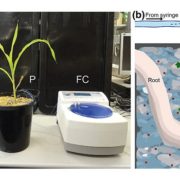
Roots-eye view: Using microdialysis and microCT to non-destructively map root nutrient depletion and accumulation zones
Blog, Plant Science Research Weekly, Research, Research BlogPlant roots constantly engage in nutrient and water uptake for crop productivity. Increasing the nutrient uptake efficiency of roots will promote sustainable agriculture by decreasing the need for fertilizer applications. To achieve this task, we need to understand the physiology of intact roots in their…
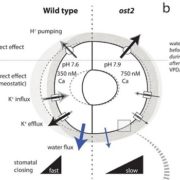
Modeling guard cell-to-leaf scales with OnGuard2
Blog, Plant Science Research Weekly, Research, Research BlogWhile much is known about the processes involved in stomatal movement and the processes involved in the transpiration of leaves, there has been no framework to bridge this micro-macro divide. Wang and colleagues bridge this divide through OnGuard2, a quantitative systems platform that uses the molecular…
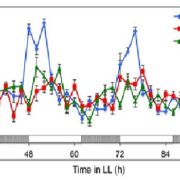
CIRCADIAN CLOCK ASSOICATED 1 (CCA1) and the circadian control of stomatal aperture
Blog, Plant Science Research Weekly, Research, Research BlogHow do plants ‘decide’ how to respond to so many conflicting stimuli? What has the final say in stomatal aperture control? Hassidium et al. investigate the role of the oscillator gene CIRCADIAN CLOCK ASSOICATED 1 (CCA1) during stomatal opening and determined if CCA1 is responsive to other stimuli.…
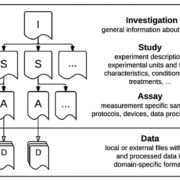
Measures of interoperability of phenotypic data: minimum information requirements and formatting
Blog, Plant Science Research Weekly, Research, Research Blog
If you ever tried to compare the results from two different experiments, you probably realized that small variations in the environment have big impact on how the plants grow. There is a lot to be learned from how the variation in the environment affects plant phenotypes, but currently the description…
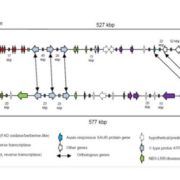
What We're Reading: November 10th
Blog, Research, Research Blog, WWR Full PostReview: Growth-mediated plant movements: hidden in plain sight ($)
Time-lapse imaging reveals the slow movements of plants, such as phototropism and gravitropism. Harmer and Brooks review the molecular bases for these growth-mediated movements. While auxin has long been known to be involved in photo-…
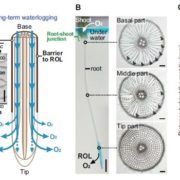
Update: Root plasticity and internal aeration
Blog, Plant Physiology: Updates, Research, Research BlogBy Takaki Yamauchi, Timothy D Colmer, Ole Pedersen, Mikio Nakazono
Introduction
Root acquisition of water and nutrients is essential for plant growth and crop productivity (Lynch, 2015). An improved understanding of root system development and functioning, to identify root traits contributing to…

Nanopore Sequencing Comes to Plant Genomes
Blog, Research, Research Blog, The Plant Cell, The Plant Cell: In BriefThe next generation of next-generation sequencing is upon us. Third-generation sequencing aims to provide long stretches of sequence – ultimately to the chromosome level – at bargain basement prices. Progress is being made toward those goals with the emergence of long-read sequencing techniques and…
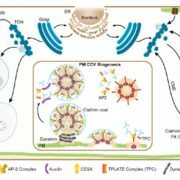
Update. Inroads into Internalization: Five Years of Endocytic Exploration
Blog, Plant Physiology, Plant Physiology: Updates, Research, Research BlogBy Gregory D. Reynolds, Chao Wang, Jianwei Pan, Sebastian Bednarek
Introduction
The plasma membrane (PM) serves as the interface between the cell and its environment. Accordingly, cells have the capacity to modulate their complement of PM-associated receptors, transporters, channels, lipids, and…
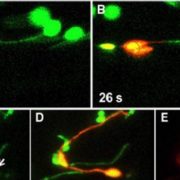
Update. Stromules: Probing formation and function
Blog, Plant Physiology, Plant Physiology: Updates, Research, Research BlogBy Maureen R Hanson, Kevin M Hines
ABSTRACT
Stromules are narrow tubular structures, comprised of stroma surrounded by the envelope membrane, which emanate from all types of plastids found in vascular plants. The mechanism for formation of stromules is not understood, but investigating how they arise…

